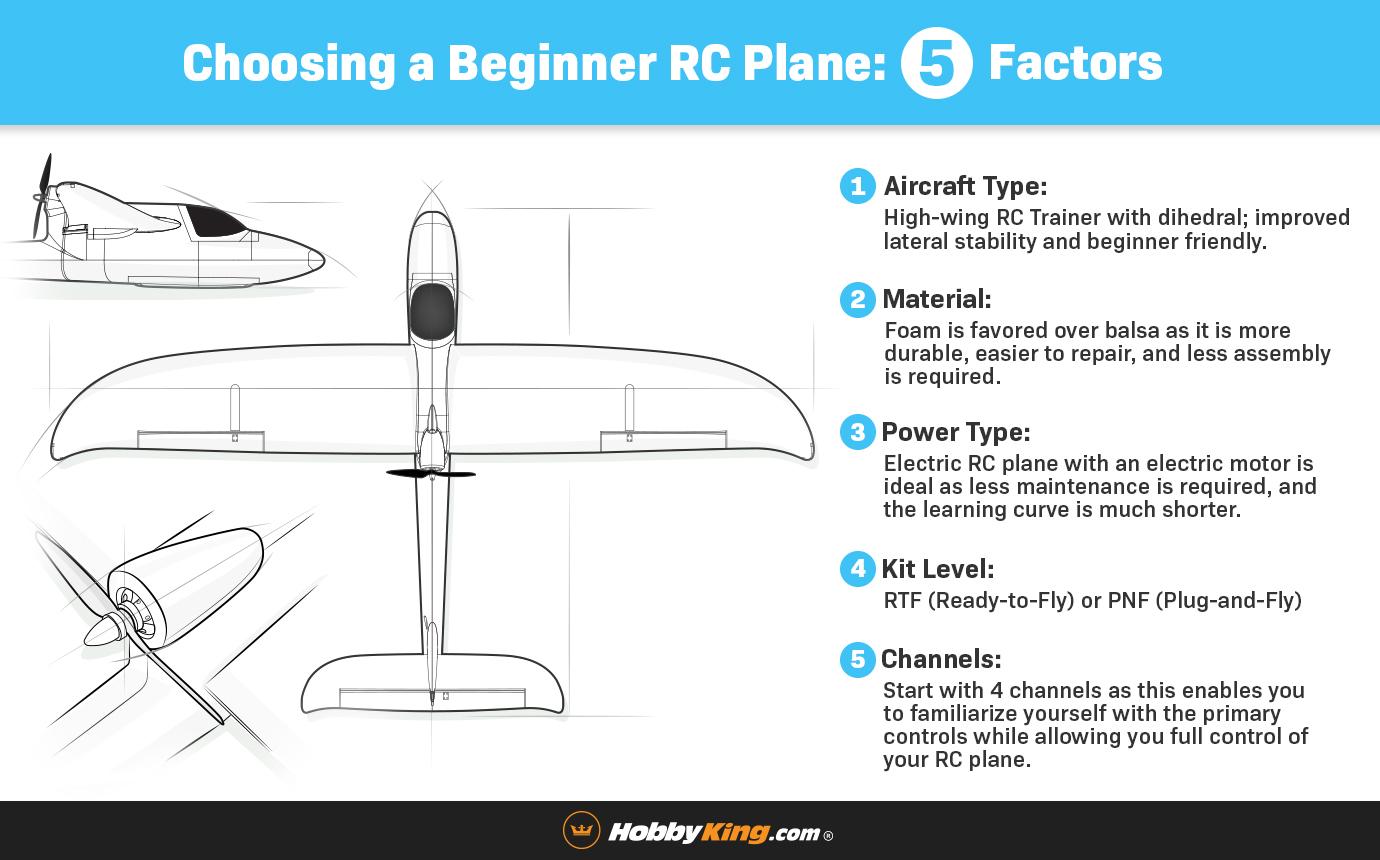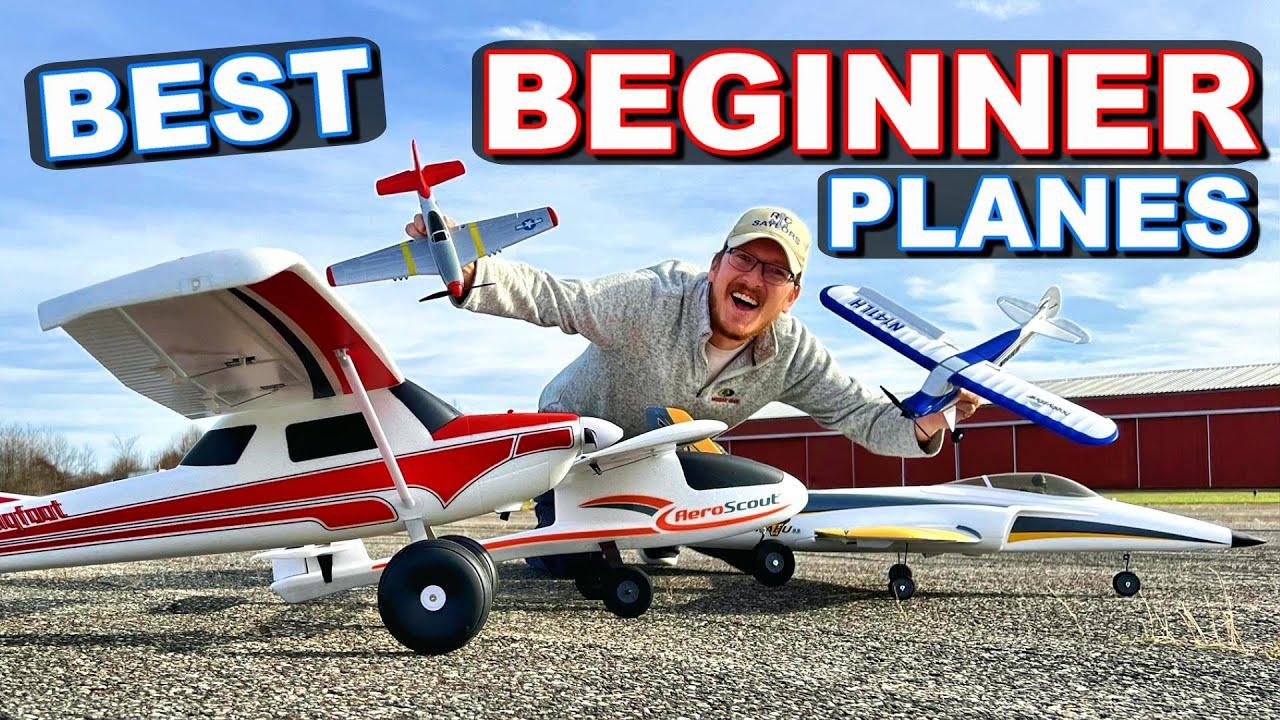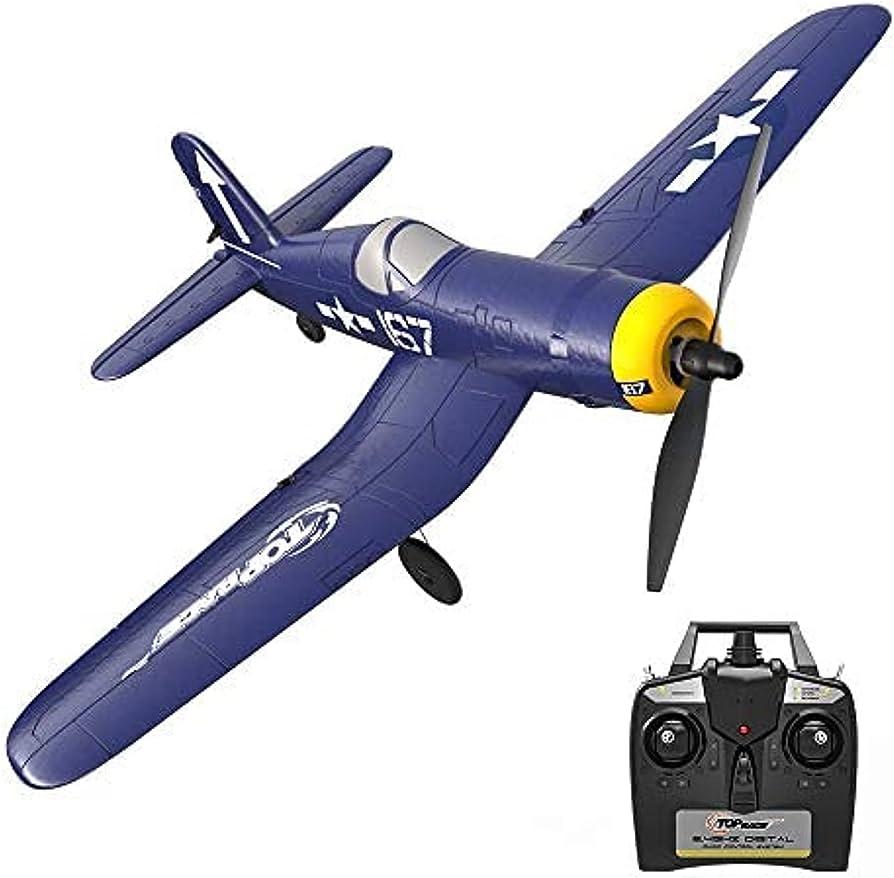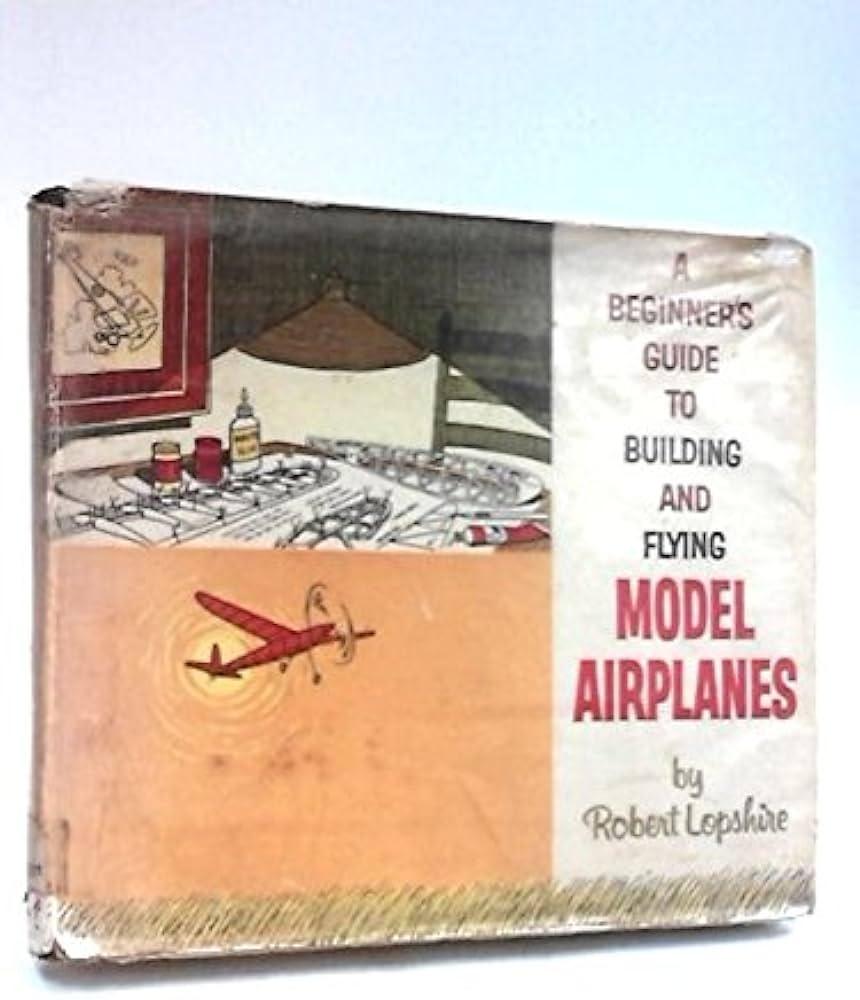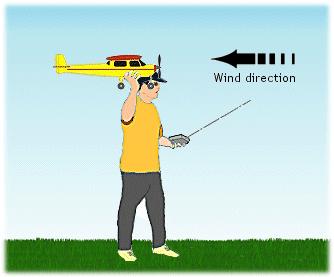Beginner’s Guide to Flying Model Airplanes: Tips and Techniques
Flying model airplanes is an enjoyable recreational activity that requires skill and knowledge to operate. For beginners, starting small and familiarizing themselves with the basics of flying model airplanes should be the priority. For individuals who are new to the hobby, flying can be an exciting yet intimidating experience. There are different types of model planes available for beginners, each with its unique advantages and disadvantages. The majority of beginner pilots opt for ready-to-fly (RTF) or almost-ready-to-fly (ARF) planes as building a plane can be a challenging process that requires experience and skill. This article is a guide for beginner pilots on flying model airplanes, covering the essential aspects of model airplanes, from choosing the right model to the necessary equipment, flying techniques, and safety guidelines.
Choosing the Right Type of Flying Model Airplane for Beginners
Flying model airplanes come in different types, each with its advantages and disadvantages. Understanding the types of airplanes available to beginners helps in choosing a model that suits an individual’s skill level and needs. The following are the types of airplanes available for beginners, and they include:
- Ready-to-fly (RTF) models: These are model airplanes that come fully assembled and require minimal setup to fly. They come with all the necessary electronics, including motors, batteries, and radio equipment.
- Almost-ready-to-fly (ARF) models: These are partially constructed planes that require additional parts and equipment to get them up and running. They come with a pre-built airframe, and the user only needs to add necessary components such as motors, servos, and batteries.
- Build-It-Yourself (Balsa) Models: These are model airplanes that come in kits that require full assembly. The user needs to cut and sand the balsa pieces, then construct the airplane from scratch. These models require advanced knowledge and skill, making them limited to experienced pilots.
Each type of model airplane has its advantages and disadvantages. Beginners usually lean towards RTF or ARF models, but Balsa models provide a unique challenge to more experienced pilots. Further information on choosing the best type of model airplanes for beginners is available on websites such as myfirstdrone.com and rcgroups.com.
What are the advantages and disadvantages of each type of model airplane for beginners?
Advantages and disadvantages of each type of model airplane depend on individual preferences and skills. However, some general advantages of electric airplanes are easy operation and maintenance, while the disadvantages might be the limited flight time and the need for battery changes. Gas-powered models offer longer flight times and more powerful performances but can be heavy, noisy, and require more maintenance. Gliders provide a gentle learning curve and require good piloting skills, but wind conditions can affect flight performance. Overall, beginners should choose a model that matches their skills and limitations.
Tips for Choosing a Beginner-Friendly Model Airplane
Choosing the right model airplane is one of the critical factors for beginners. Here are some aspects to consider when selecting a model for beginners:
- Size: Choose a model that is neither too small nor too big for the beginner’s skill level
- Weight: Avoid heavy models as they are challenging for beginners to fly. Light models are easier to control
- Wing Type: High-wing models are better for beginners since they provide more stability and are easier to handle
As a beginner, it’s crucial to seek guidance before deciding on the model to buy. Online forums and websites such as Rcuniverse.com and Flyinggiants.com provide in-depth information on choosing a beginner-friendly model airplane. It’s essential to select a model that fits the individual’s skill level and provides an enjoyable flying experience.
What are some online forums and websites that provide guidance for choosing a beginner-friendly model airplane?
Some online forums and websites that provide guidance for choosing a beginner-friendly model airplane are RCGroups.com, FliteTest.com, and HobbyKing.com.
Mastering the basics of flying model airplanes is key to an enjoyable experience.
Flying model airplanes for beginners can be an enjoyable experience once the basics are learned. Below are some fundamental techniques beginners need to understand:
- Takeoff:
- Align the model airplane with the wind direction.
- Gradually increase the throttle until the airplane starts moving.
- Once the airplane is moving, apply gentle back pressure on the control stick.
- Flying Techniques:
- Use the right stick to control the airplane’s pitch, yaw, and roll.
- Keep the airplane close enough to maintain control.
- Never fly beyond the range of vision.
- Landing:
- Gradually slow down the airplane as it approaches the landing strip.
- Reduce the throttle to bring the airplane to a complete stop.
It’s essential to understand the different control surfaces that control the airplane’s movement. The control surfaces are the rudder, aileron, elevator, and throttle. Each has a specific function and controls different movements of the airplane. Many online resources, including RCflight.org and Getfpv.com, provide beginners with detailed information about flying techniques. Learning the basics of flying model airplanes makes it easier to control the airplane and enjoy the experience.
What are the different control surfaces of a model airplane, and what are their specific functions?
The different control surfaces of a model airplane are elevator, ailerons, rudder, and throttle. The elevator controls the pitch of the airplane, the ailerons control the roll, the rudder controls the yaw, and the throttle controls the speed of the engine.
Essential Equipment for Flying Model Airplanes: Beginner’s Guide
To fly a model airplane successfully, there are a few essential pieces of equipment that beginners need:
- Radio:
- The radio is used to control the airplane from the ground.
- Radio frequencies used for model airplanes are between 27-72 MHz (megahertz) and 2.4 GHz.
- The two most common types of radios are:
- Pistol grip style
- Transmitter-style
- Brands like Spektrum, Futaba, and JR are popular and offer radios with differing features and prices.
- Battery:
- Most airplanes use rechargeable batteries.
- Higher-capacity batteries offer longer flight times and greater power, but they are typically more expensive.
- Brands like Venom, Zeee, and HRB are popular and offer batteries with differing capacities and prices.
- Transmitter:
Different brands offer equipment at varying price points, from affordable to expensive. Beginners can research brands that best suit their needs and budget before making a purchase. Many online resources, including Towerhobbies.com and Hobbyking.com, offer a wide variety of equipment and options.
What are some popular brands that offer model airplane equipment at different price points?
Some popular brands that offer model airplane equipment at different price points are Tamiya, Revell, Academy, Hasegawa, and Trumpeter.
Safety Tips for Flying Model Airplanes
Flying model airplanes is fun, but it can also be dangerous if safety measures are not taken seriously. Here are some safety tips that beginners should keep in mind:
- Clear Flight Area:
- Always fly the airplane in a clear and open area free of any obstructions.
- Avoid flying near buildings, people, or any other objects that may cause interference.
- Choose a large field or an empty parking lot with no approaching traffic.
- Precautions:
- Wear eye protection.
- Ensure the airplane is in good condition before flying.
- Never fly the airplane over your head.
- Always keep a safe distance from other pilots and spectators.
- Check the radio’s batteries frequently to avoid unexpected power loss.
- Avoid flying in windy or rainy conditions.
By keeping these safety precautions in mind, beginners can avoid accidents and enjoy the hobby safely. Some books, such as “The Beginner’s Guide to Flying RC Airplanes” by Ed Teixeira, offer additional information and tips on safety, as well as other aspects of the hobby.
What are some precautions beginners should take when flying model airplanes?
Beginner model airplane flyers should take the following precautions: learn the basic flying skills, fly in an open area, avoid flying too high, keep the model within line of sight, never fly near power lines, and avoid over-controlling the airplane.
When it comes to flying model airplanes, practice makes perfect. The more time a beginner puts into mastering the basics, the more they will enjoy the hobby. The thrilling experience of flying a model airplane can’t be denied, and beginners can take comfort in knowing that there are plenty of resources and communities available to them. For example, the Academy of Model Aeronautics is a non-profit organization that provides resources and support to model aviation enthusiasts in the United States. Similarly, online forums like RCGroups and RCU are great resources to connect with other beginner pilots and get advice about the hobby.
In conclusion, flying model airplanes is an exciting hobby that offers a great combination of technical know-how and recreational enjoyment. By choosing the right airplane model, taking proper safety precautions, and putting in the time to practice flying techniques, beginners can get the most out of this hobby. With resources readily available both online and offline, they can join a supportive community and gain valuable knowledge and experience. So, what are you waiting for? Get out there and take to the skies with your very own model airplane!

